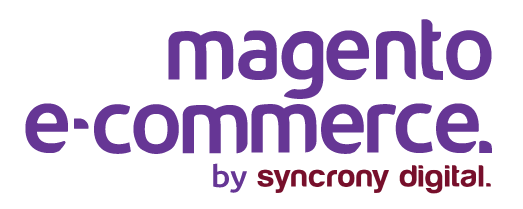Preserving Google Rankings When Upgrading Your Store
What are 301 Redirects and why you should use them Launching a New Website?
If you are building your very first website, then you probably have no need for 301 redirects unless you have bought an expired domain name, and want to keep the link flow from the previous owners site. However, if you are upgrading or migrating an existing site to a new and improved version, then you most definitely want to keep the SEO benefits of your existing back links and search ranking.
The problem is this: When you create a new site, the chances that the link structure of the new site matches exactly that of your old site are extremely slim. Your old site may well have backlinks pointing to various products, pages and articles to that site. Furthermore, your search results will show links to pages and products that the search engines indexed months ago. Once your new site is up and running, whilst you may have the same content, that content may well be under a slightly different url. This means that anyone clicking that back link will end up with the dreaded "404: Page Not Found" error.
Doesn't Google (and other search engines) index my content regularly?
Google can, sometimes, interpret URL changes according to its index and redirect visitors to the correct page in your new site. However, Google indexing is slow to catch up and it by no means filters through to every search all of the time. If the URL is very different, Google may in fact punish your site for seemingly duplicate content. A double whammy!
Eventually the search engines will catch up with your new site layout and the indexes will all fall into place. But during that transitional period, things can get very shaky and you will see a drop in visitor numbers due to links not being updated in the various search indexes quickly enough. And, no matter what the search engines do, they will not change the back links from other websites that are also a valuable source for your SEO.
Can I change all my website back links so that they point to the correct page?
Well, you could but there are a couple of road blocks to this undertaking.
- What if you have thousands of back links? Are you going to contact all the websites with those links asking for a link change? That will take up a lot of your time for sure.
- Will the owners of all those websites be willing to go back to old articles and change all of the links on your behalf? They might, but it is highly unlikely. They also have a busy site to run.
Here is an example of what we mean.
Let us suppose you are selling pulse oximeters in your online store (COVID-19 has made them a very popular online purchase). Your site does well in the Google search listings and everything is going swimmingly. But, you have just upgraded your store to Magento 2 which has resulted in some URL changes to your regular product content.
Those changes are not reflected in Google search for quite some time. Furthermore, all those tasty back links from high ranking websites that point to your pulse oximeter product page, are now pointing to a URL that no longer exists.
Here is a buyer searching for a pulse oximeter with a simple Google search:
The link to 'your store', highlighted in yellow is the first entry in the search listings page, as seen in the image below.
Let us suppose that the link returned by Google is the following:
mystore.com/store/products/pulse-oximeter-fingertip/
This was all well and good with the old incarnation of your site. But Magento 2, the platform your new site has been migrated to, allows you to map your products to multiple categories. Let us suppose that you added a 'Covid-19' sub-category for health products, the new URL for this particular product would become:
mystore.com/products/covid-19/pulse-oximeter-fingertip/
What will happen now is, when a potential buyer clicks on that Google link in the search results the following three things happen:
- The buyer sees a 404 page-not-found error
- You lose a potential sale
- Your website gets a lower ranking due to less clicks and higher bounce rates
Similarly, when a potential buyer is browsing a website that links back to a product, they will be clicking the old link and the same three things will happen.
How to avoid those pesky 404s
An easy fix for the above 404 problem is to create what is called a 301 redirect. This is a specific kind of redirect that sends the visitor that clicked on an old link, to the new specific link. This only needs to be done once as it will work continuously from that day onward provided the new link doesn't change again. A 301 redirect is explained in more detail here: https://en.wikipedia.org/wiki/URL_redirection
Ultimately the decision about how many products and pages need to be redirected needs to be taken based on various factors such as the amount of time it will take, and the budget required to undertake the task. You are continually balancing time budget against the time it will take for Google to refresh its index. As for the back links from other websites, these will never be fixed by Google, so if you want to keep those links active, as well as the 'juice' that they provide by way of ranking your site, then these must be 301 redirected.
If you are planning to migrate from Magento 1 to Magento 2, or if you have just undertaken the task, then Syncrony can not only help you with the migration itself, but also ensure that your backlinks and Google links stay valid and up-to-date. You can contact us here for further information.
